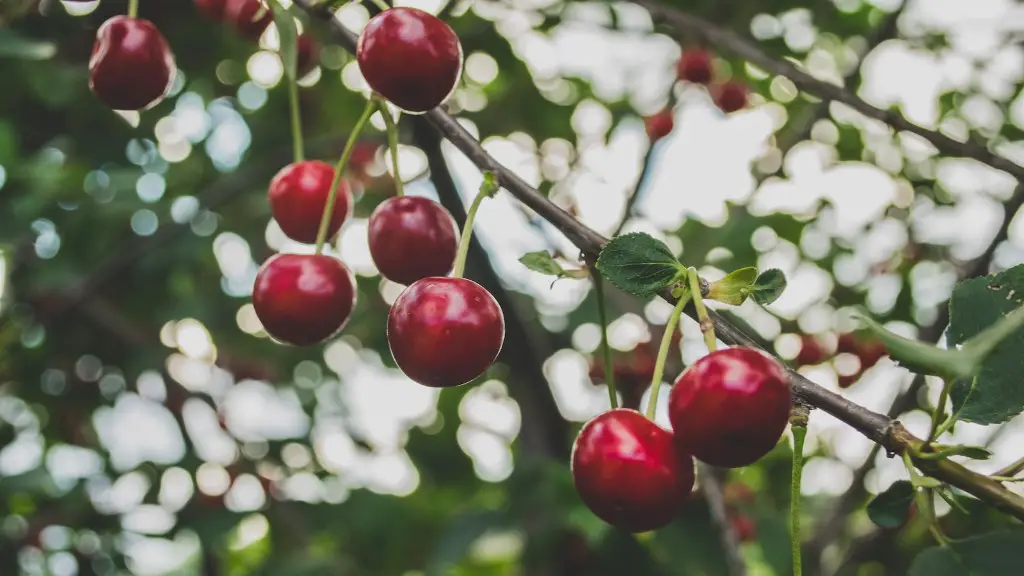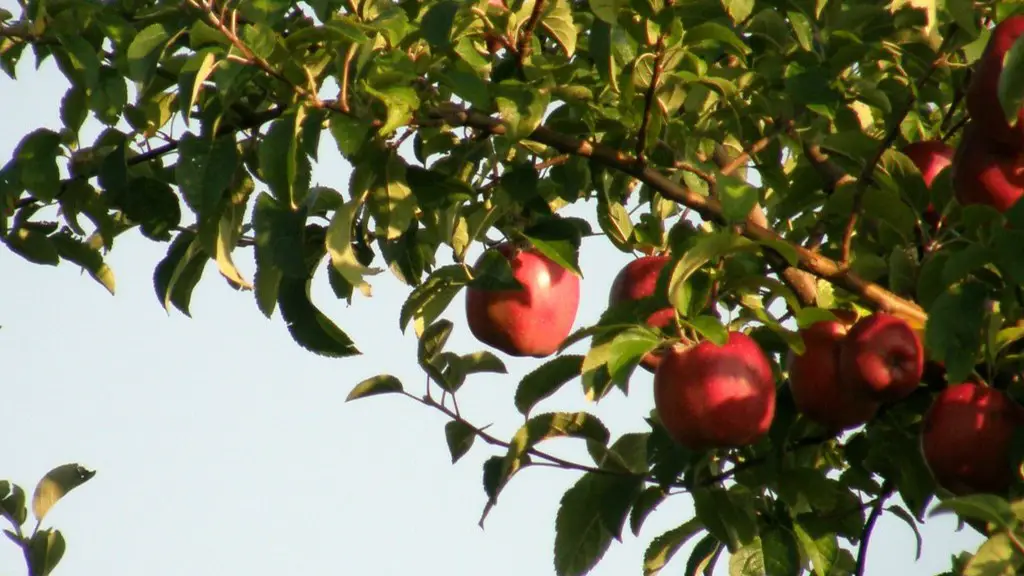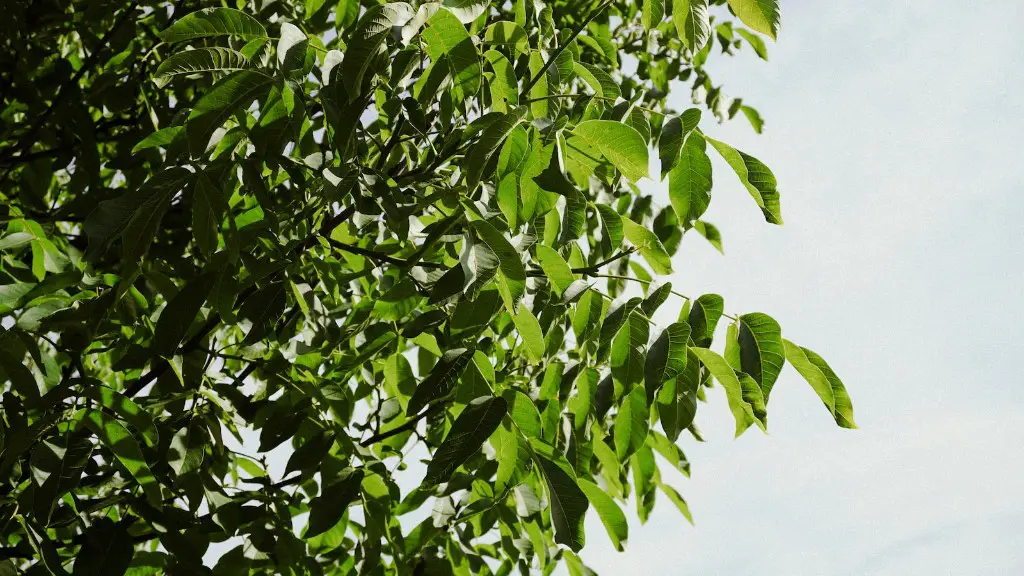Overview
Spraying your cherry tree for bugs can be a challenging process, and it’s easy to end up with either an over-treated or under-treated tree, leading to further problems. It’s important to know what to spray on a cherry tree and when, in order to maintain the tree’s health and keep pests away. Therefore, this article will provide an overview of what to spray on cherry trees for bugs, including the type of sprays and tips for successful application.
insecticides and Fungicides
The most common pest control solutions used on cherry trees are insecticides and fungicides. Insecticides are used on cherry trees to control certain types of insect pests, while fungicides are used to control diseases caused by fungi. Insecticides are often used to eliminate aphids, scale, mites, and other soft-bodies pests. Fungicides are typically used to control diseases caused by black knot, powdery mildew, and other fungal diseases.
When spraying cherry trees for bugs, it’s important to choose the right insecticide or fungicide for the job. Many insecticides formulated for cherry trees are based on specific active ingredients like pyrethrins, carbamates, and organophosphates. Fungicides for cherry trees typically contain copper, sulfur, or potassium bicarbonate. These active ingredients can be toxic to beneficial insects, so it’s important to be aware of the effects of these sprays before using them.
application
When it comes to applying sprays to a cherry tree, timing is key. To ensure success in eradicating pests, apply the spray to the tree when the pests are actively feeding. Re-treatment may be necessary to fully eradicate the pest population. Additionally, apply the spray at certain times of the day in order to maximize the effectiveness; insecticides are usually best applied in the early morning when the temperature is cool, and fungicides in the afternoon when the temperature is above 80 degrees Fahrenheit.
In terms of application method, sprays must be evenly distributed across the tree, starting from the top and working down. Take extra care when applying sprays around the trunk, buds, and flower clusters as these are the most vital parts of the tree. Use a hose-end sprayer or compressed air equipment, and always follow the directions on the label for the insecticide or fungicide that you are using.
Precautions
When spraying a cherry tree, it’s important to take certain precautions to ensure the safety of the people and environment around the tree. Wear protective gear such as goggles, gloves, and a respirator while applying the sprays, as these products can be hazardous. Additionally, before applying a spray, check to make sure that there are no beneficial insects present on the tree, such as ladybugs, lacewings, or parasitic wasps. Lastly, avoid spraying on windy days, as wind can cause the spray to drift onto nearby plants and people.
Maintenance
Once the spray has been applied to the cherry tree, it’s important to monitor the tree for any signs of pests and diseases. Check the tree regularly and be sure to look for signs of new growth or potential damage. If any pests are discovered, contact a qualified pest control specialist to determine the most effective course of action to eliminate them.
Additionally, be sure to fertilize appropriately and provide adequate water for the cherry tree. Healthier trees are less likely to succumb to pest damage, so ensuring that your tree is properly nourished will help to keep pests away.
Pruning
Pruning your cherry tree can also help to discourage pests and diseases, as it keeps the tree healthy and can help to remove dead or damaged branches that may attract insects or cause fungal infections. Pruning should be done in the late winter or early spring when the tree is dormant, and always avoid pruning too much as this can cause the tree to become weak.
Organic Solutions
For those looking for an organic solution to combating pests, there are a few options available. Natural predators, such as ladybugs and parasitic wasps, can be used to reduce pest populations. Additionally, horticultural oils, neem oil, and insecticidal soaps can be used as a non-toxic alternative to synthetic insecticides and fungicides. These organic solutions should be used in combination with pruning and good nutrition, and may be less harmful to the environment.
Spray Schedules
Incorporating a spray schedule into your cherry tree maintenance plan can be an easy and effective way to prevent pests and diseases. Sprays can be applied as preventative measures, when certain insects appear, or when certain parts of the tree show signs of disease. A spray schedule can help to maintain the tree’s health and reduce the likelihood of pest or disease outbreaks.
Disease Diagnosis
Performing a thorough disease diagnosis on the cherry tree is a must if it appears to be suffering from a pest or disease outbreak. Be sure to carefully inspect the tree for potential signs of damage, such as discoloration or wilting leaves. If any signs of disease are found, contact a local extension or state agricultural office for advice and assistance.
In summary, knowing what to spray on a cherry tree for bugs can be a challenge, but following the tips outlined in this article can help to ensure success. Be sure to choose the appropriate sprays for the job, apply them correctly and at the right times, and monitor the tree regularly to prevent any future outbreaks.
Preventative Measures
Taking preventative measures is key in helping to protect your cherry tree from pests and diseases. Sanitation is an important part of this process, as debris and old leaves on the ground can attract pests. Additionally, avoiding overcrowding of nearby plants and trees can help to reduce the likelihood of pest outbreaks. Lastly, it’s important to inspect the tree regularly for any signs of damage, as catching a pest or disease problem early can help to prevent further issues.
Summary
In conclusion, knowing what to spray on your cherry tree for bugs and when to apply it can be the difference between a healthy and thriving tree, or a tree that is overrun with pests and disease. Be sure to choose the right insecticide or fungicide, apply it correctly and at the right times, and take the necessary precautions to keep people and the environment safe. Additionally, preventative measures such as sanitation and avoiding overcrowding can help to protect the tree from pests. With the right approach, you can ensure that your cherry tree will stay healthy and free from pests and diseases.


